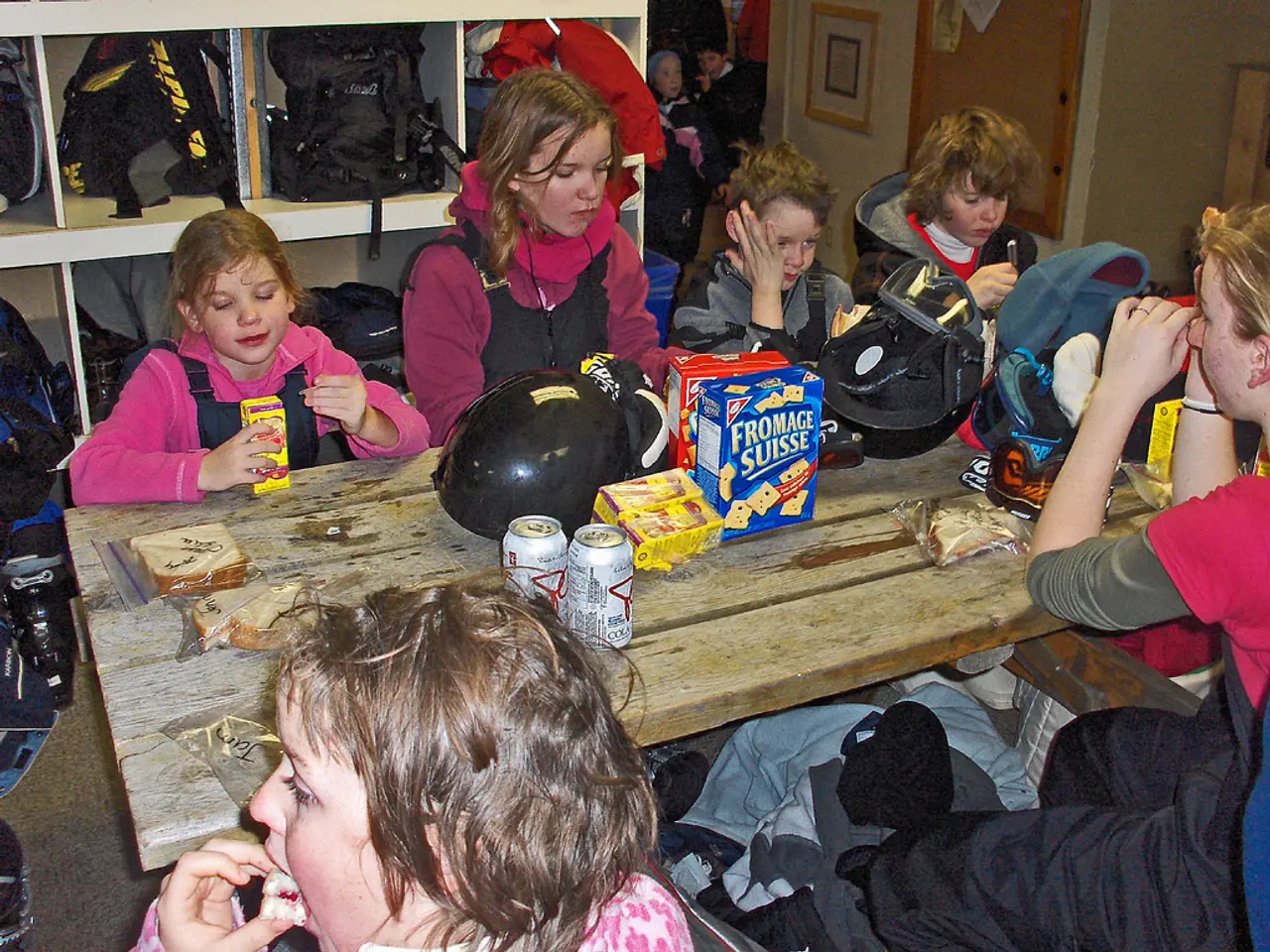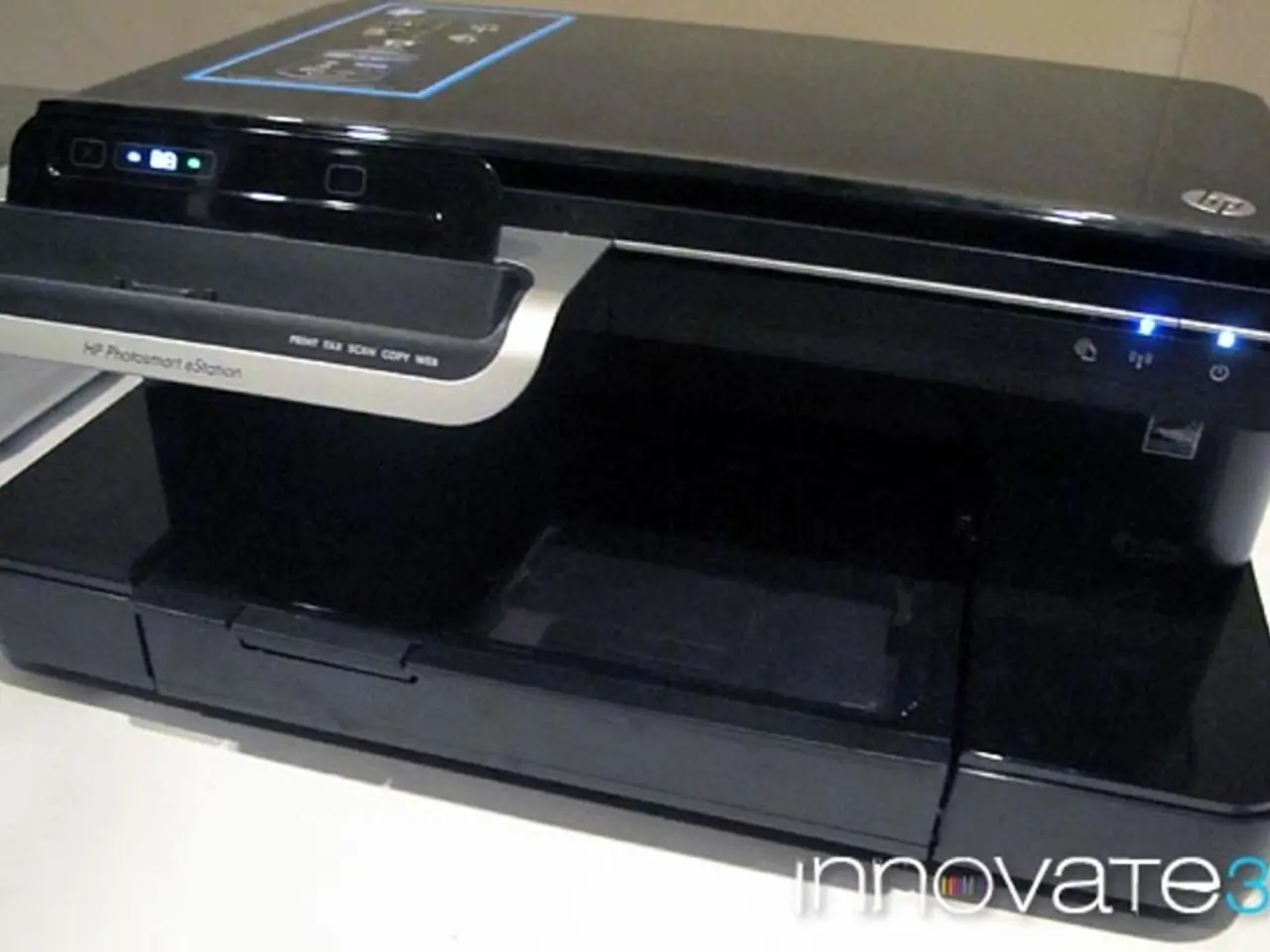Streamlined Kitchen Management for Time-Crunched Households: Devise Practical Strategies That Stick
Effective Kitchen Organization Strategies for Busy Families
Keeping a busy family kitchen organized can be a challenge, but with the right strategies, it's possible to maintain a clutter-free and functional space. Here are some practical tips to help you achieve a well-organized kitchen that works for your family's unique needs.
1. Implement a First-In, First-Out System for Perishables
By organizing your pantry and fridge with a first-in, first-out system, you can reduce food waste and ensure that your family is eating fresh produce. Clear containers for pantry storage make inventory checks quick and easy.
2. Maximize Vertical Space
Expandable shelf organizers and stackable bins can help you make the most of your cabinet space. Utilize vertical space efficiently to keep your kitchen tidy and organized.
3. Establish a Family Command Center
A family command center in or near the kitchen is essential for keeping track of calendars, schedules, and important information. This central hub can help keep your family organized and reduce stress.
4. Create Zones for Meal Prep, Snack Storage, and Cleanup Activities
Designate specific areas for meal prep, snack storage, school supplies, and cleanup activities. This will help streamline your family's routines and make it easier to keep your kitchen organized.
5. Use Space-Saving Kitchen Gadgets
Collapsible mixing bowls, wall-mounted magnetic knife strips, and oil sprayer bottles are just a few examples of space-saving kitchen gadgets that can help you keep your kitchen clutter-free.
6. Label Containers and Group Snacks
Labeling containers and grouping snacks by type or family member supports independence and maintains order. For younger children who can't read yet, use picture labels in addition to text labels.
7. Adopt a Responsibility Chart
Create a responsibility chart that rotates kitchen tasks among family members based on age and ability. This will help your family work together to keep the kitchen organized.
8. Prepare Grab-and-Go Breakfast Options
Prepare grab-and-go breakfast options for busy family members, such as pre-portioned trail mix or breakfast burritos. This will help ensure that your family starts the day with a nutritious meal.
9. Implement Simple Cleanup Routines
Create simple cleanup routines that children can follow independently, such as creating specific places for school bags and water bottles near the kitchen entrance.
10. Use Digital Tools to Reduce Paper Clutter
Use digital tools to reduce paper clutter when possible, such as photographing school menus, storing emergency contact information in phones, and using calendar apps that sync across family devices.
11. Create a Dedicated Snack Zone
Create a designated space for healthy snacks that kids can access without disrupting meal preparation areas.
12. Set Up a Beverage Station
Set up a beverage station that family members can use independently, including coffee supplies, tea options, water bottles, and travel mugs.
13. Create Lower Storage Areas
Create lower storage areas that children can access safely for dishes, cups, and snacks.
14. Establish an Inbox System
Set up an inbox system for papers that come home from school or work, using a basket or wall-mounted organizer with separate sections for each family member.
15. Set Up a Rotation System for Leftovers
Establish a rotation system for leftovers to ensure they get eaten before spoiling.
16. Prepare as Much as Possible the Night Before
Prepare as much as possible the night before to streamline morning routines, such as setting out dishes for breakfast and preparing coffee for automatic brewing.
17. Design Your Dinner Prep Zone
Design your dinner prep zone around your most frequently used cooking tools and ingredients, keeping cutting boards, knives, measuring tools, and everyday spices within arm's reach.
18. Organize Your Lunch-Packing Zone
The lunch-packing zone centralizes everything needed for school and work lunches, including lunch boxes, thermoses, napkins, and plastic containers.
19. Use Timer Apps and Kitchen Management Tools
Use timer apps and kitchen management tools to coordinate multiple cooking tasks efficiently.
20. Organize Your Freezer
Organize your freezer with labeled bins for different types of meals and ingredients.
21. Establish Meal Planning Routines
Effective meal planning reduces daily decision-making stress while ensuring your family eats well despite busy schedules. Establish a weekly meal planning routine that involves the whole family, using a visible calendar or whiteboard to plan meals for the week.
22. Schedule Quarterly Organization Reviews
Schedule quarterly organization reviews to assess what's working and what needs adjustment.
23. Establish Designated Spaces for Items that Need to Leave the House Each Day
Establish designated spaces for items that need to leave the house each day, such as keys, backpacks, and lunch boxes.
24. Use Meal Planning Apps
Use meal planning apps that sync across devices to coordinate family schedules and dietary preferences.
25. Rotate Kitchen Items Based on Seasonal Cooking Patterns
Rotate kitchen items based on seasonal cooking patterns, such as storing holiday baking supplies during active baking season and moving grilling tools to accessible locations during warm weather.
26. Implement a Filing System
Establish a filing system for recipes, warranty information, and appliance manuals.
By implementing these strategies, you can create a well-organized kitchen that works for your busy family's needs. Start small, and maintain a clutter-free environment to ensure your kitchen remains functional and efficient.
1. Embrace Technology for Home Management By utilizing digital tools and apps, you can minimize paper clutter, sync schedules across devices, and access recipes for meal planning.
2. Fuse Fashion and Cooking in the Kitchen Select kitchen appliances that combine style and functionality to elevate the overall aesthetic of your cooking space, making it a reflection of your lifestyle.
3. Make Education and Self-Development a Part of Family Mealtimes Discuss current events, books, or educational topics during family meals to promote continuous learning and personal growth.
4. Make Kitchen a Hub for Relationship Building Invite friends and neighbors to enjoy meals together in the kitchen, fostering strong connections and creating memorable experiences.
5. Expand the Role of the Kitchen Utilize the kitchen not only for food preparation but also for art projects, homework assistance, and other activities that promote intergenerational bonding.
6. Cultivate Multicultural Food and Drink Experiences Take advantage of the internet to explore exotic recipes from different parts of the world, broadening your family's understanding of various cultures through the food they eat.




